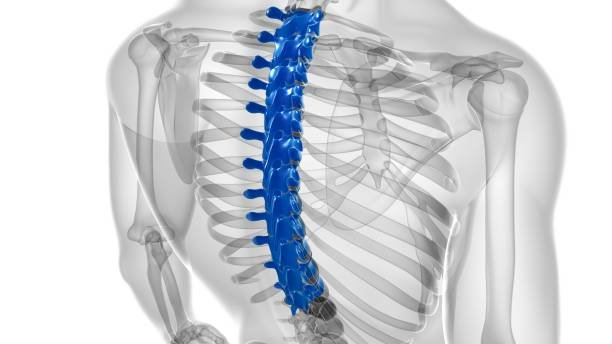When it comes to dinosaurs, we often think about the speed of predators, massive predators, large predators of hunters. However, a dinosaur stands out for its unique dental arrangement: the mesosaur. Known to have around 500 teeth, this attractive vegetarian is given a glimpse in a world where special adaptation allows dinosaurs to bloom in different ecosystems.
Municipal: a snapshot of its characteristics
Gargosoras was discovered in the early 2000s in Niger, Africa, and the name means “Niger Lizard.” One of the most striking properties of Genchesorus is that the 500 teeth of the dinosaur are widely spaced, what dinosaur has 500 teeth. Unlike many dinosaurs, which had some large teeth, adapted to demolition or grinding, Nigerosaurus boasted a jaw with many small, flat teeth, which was ideal for grazing on the low-swollen vegetation. It is believed that this dental adaptation helps it effectively to treat a diet effectively that is mainly made of fern and other soft plants.
Another remarkable feature of the Municipalus is its long neck and relatively light body. The target is about 30 feet in length. The dinosaur was not only long, but also a wide, shovel-like muzzle. The size of this unique head allowed it to reach and remove the flora, and graze in a similar way as modern herbivores such as cows and sheep.
Diet and eating habits
With its estimated 500 teeth, one can be surprised at how Gargosaurus maintained such a wide tooth list. In many reptiles, teeth are constantly replaced throughout life, and the monitoring was no exception. Continuous replacement of teeth allowed it to maintain the effective piece of teeth required for a vegetarian diet. This ability enabled dinosaurs to feed on different diets with plants, which made it maximum that they probably survived in the ecosystem of their time.
The municipality’s feeding behavior was similar to today’s pasture. Low layers and special teeth would have allowed to reach the ground easily for vegetation, a significant adaptation for competition in other vegetarian dinosaurs filled with dinosaurs. The unique tooth structure suggests that Garcorus may be well suited to benefit from a specific organic niche, collecting foods that other large vegetarian people may not be able to access.
Implications for understanding the diversity of dinosaurs
Dinosaur variations in the discovery of Gainsoras have important implications for our understanding of diversity and dynamics in the ecosystem. Its special teeth and diet provide the growing evidence for dinosaurs performing a wide range of adaptations, which allowed them to bloom in different environments. Gargantuan provides a valuable insight into how vegetarian dinosaurs can coexist by occupying different niches and using different feeding strategies.
conclusion
The Municipalus accounts for not only its impressive count of about 500 teeth, but also for its unique adaptation, depicting the incredible diversity of Dinosaur Kingdom. As pelion anthologists continue to study this remarkable dinosaur, we get a deep appreciation for complex ecosystems that were present millions of years ago and evolutionary roads that shaped the inhabitants of the ancient world. Grieves’ tails act as a reminder of how the species promotes species-examined species to fit the environment, leading to exceptional form and behavior.


